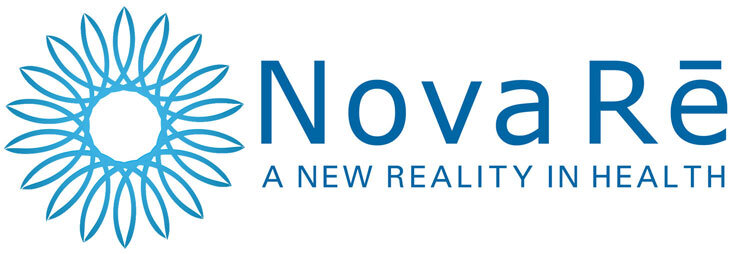Saccharomyces Boulardii
Saccharomyces boulardii is a nonpathogenic, transient yeast. Since its discovery in 1920, clinicians worldwide have used S. boulardii to support normal bowel transit time, promote healthy immune and inflammatory processes in the digestive tract, and bolster gastrointestinal microbiota diversity, particularly in conjunction with antibiotic therapy. S. boulardii is also commonly used to safely and effectively displace undesirable yeast species.
S. boulardii does not colonize the human intestinal tract and is not one of the microorganisms that normally inhabit the intestines. It is a transient yeast that passes through the intestines after ingestion. S. boulardii does not attach to the mucosal cells lining the intestines, but provides benefit for the host as it moves through the gastrointestinal (GI) tract.
S. boulardii benefits the GI tract in a variety of ways. It produces substances that create an environment that favorably shift the balance of gut microbiota towards more beneficial species. It reduces the ability of undesirable bacteria and yeast to adhere to intestinal cells. S. boulardii aids GI immune responsiveness, stimulates intestinal enzymes that enhance nutrient digestion and absorption, assists in mineral absorption, and helps nourish the colon.
S. boulardii is naturally resistant to all antibacterial antibiotics and can be taken along with antibiotics without adversely affecting its potency and efficacy. In fact, several clinical trials have used S. boulardii in conjunction with standard antibiotics and have demonstrated that S. boulardii enhances the success of antibiotic regimen. Additional studies have shown that S. boulardii can be taken along with antibiotics to support the gastrointestinal microbiota.
Laboratory and clinical testing have demonstrated S. boulardii to be compatible with various lactic acid bacteria including the lactobacilli and bifidobacteria frequently used as probiotic supplements. Clinical studies suggest S. boulardii may work synergistically with other probiotics.
S. boulardii can be sensitive to a number of commonly prescribed antifungals including nystatin, Diflucan (fluconazol), and Sporonox (itraconazole) and these antifungal agents are known to kill the S. boulardii organisms. If antifungals are prescribed with S. boulardii then both products should be taken at different times. S. boulardii should be taken at least 1 hour before and 2 hours after any antifungal agent.
There is debate within the healthcare community as to whether S. boulardii can be taken along with natural or herbal antifungals. However, there are no studies that show natural antifungal therapies such as garlic, grape seed extract, Oregon grape, or berberine affect the potency or actions of S. boulardii. It presently appears that S. boulardii can be taken along with natural antifungals.
There is no known interaction between S. boulardii and prescription medicines except for antifungals. S. boulardii has no adverse interaction with other dietary supplements and can be added to any supplement regimen as needed.
S. boulardii has been shown to be safe in infants and children. In a clinical trial intended to evaluate the efficacy and safety of S. boulardii in infants and children, 250 mg was administered orally twice daily in 269 children aged 6 months to 14 years. No adverse effects were observed during the course of the study.
S. boulardii is generally used for short-term gastrointestinal support. A common supplement regimen lasts 3 to 4 weeks.
S. boulardii is generally well tolerated however few contraindications exist. People with known allergies to Saccharomyces cervisiae should avoid use of S. boulardii. Currently no clinical studies on the safety of S. boulardii during pregnancy are available. Pregnant women should consult a healthcare professional before use. There have been reports of opportunistic infections in severely immunocompromised patients and in patients with indwelling vascular catheters after supplementation with S. boulardii. In rare cases, people with an indwelling vascular catheter sharing a hospital room with a person taking S. boulardii have developed catheter and blood stream S. boulardii infections. It is likely these catheter and blood infections were related to careless handling of the S. boulardii and poor handwashing by medical staff. S. boulardii should be used with caution in severely immunocompromised patients. People with chronic indwelling vascular catheters should not use S. boulardii.
